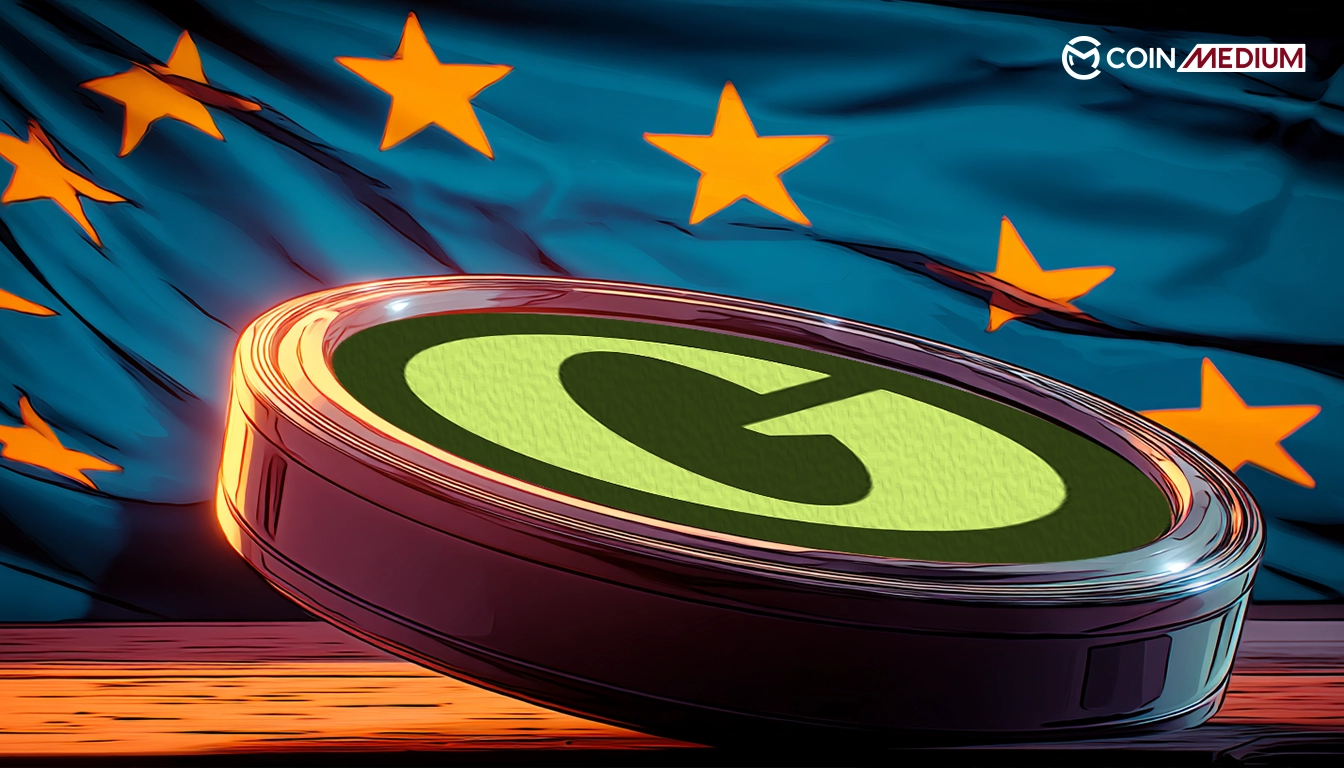- Stablecoin: A type of cryptocurrency that is tied to the value of a real-world asset, like the U.S. dollar, to keep its price stable
- MiCA: The Markets in Crypto-Assets Regulation, a set of EU rules for crypto assets and stablecoins
- Paxos: A financial technology company that issues regulated stablecoins and blockchain-based financial products
- Global Dollar Network (GDN): A system built by Paxos and partners to support the use of USDG stablecoin worldwide
- Yield-bearing stablecoin: A stablecoin that pays users interest or rewards for holding it
The Global Dollar (USDG) stablecoin has launched in the European Union (EU). The company behind it, Paxos, says the stablecoin follows the EU’s crypto rules (MiCA) and is supervised by Finland’s financial regulator and Singapore’s central bank.
On Tuesday, Paxos announced that USDG is now available in the EU. People can find it on crypto exchanges like Kraken and Gate. Other platforms that offer USDG include Coinmetro, SwissBorg, Zodia Custody, Orbital, Hercle, CoinsPaid, Bitwyrem, Bitnet, and HiFi.
Paxos issues USDG in Europe through a Finnish subsidiary, regulated by Finland’s financial authority.
The stablecoin is made to match MiCA’s rules, and some of its cash reserves are kept in European banks. Paxos promises that USDG can always be swapped for U.S. dollars at a 1:1 rate, and it follows strict rules about reserves and audits.
The Expansion of the Global Dollar Network
Paxos has expanded USDG into Europe as part of a bigger plan called the Global Dollar Network (GDN). GDN is a system for stablecoins that is backed by companies like Paxos, Kraken, Robinhood, Anchorage Digital, Worldpay, and over 20 other financial and tech firms. Mastercard also recently joined GDN and said it would support USDG. This shows that traditional financial companies are now interested in stablecoins.
Data from late May shows that between January 2023 and February 2025, stablecoin payments added up to $94.2 billion. A report said stablecoins are becoming an important part of the world’s payment systems.
The same data shows that stablecoins that give rewards or interest, called yield-bearing stablecoins, have grown fast. These tokens now account for $11 billion in use, comprising 4.5% of the stablecoin market.
At the start of 2024, there were only $1.5 billion of them, or just 1% of the market.



